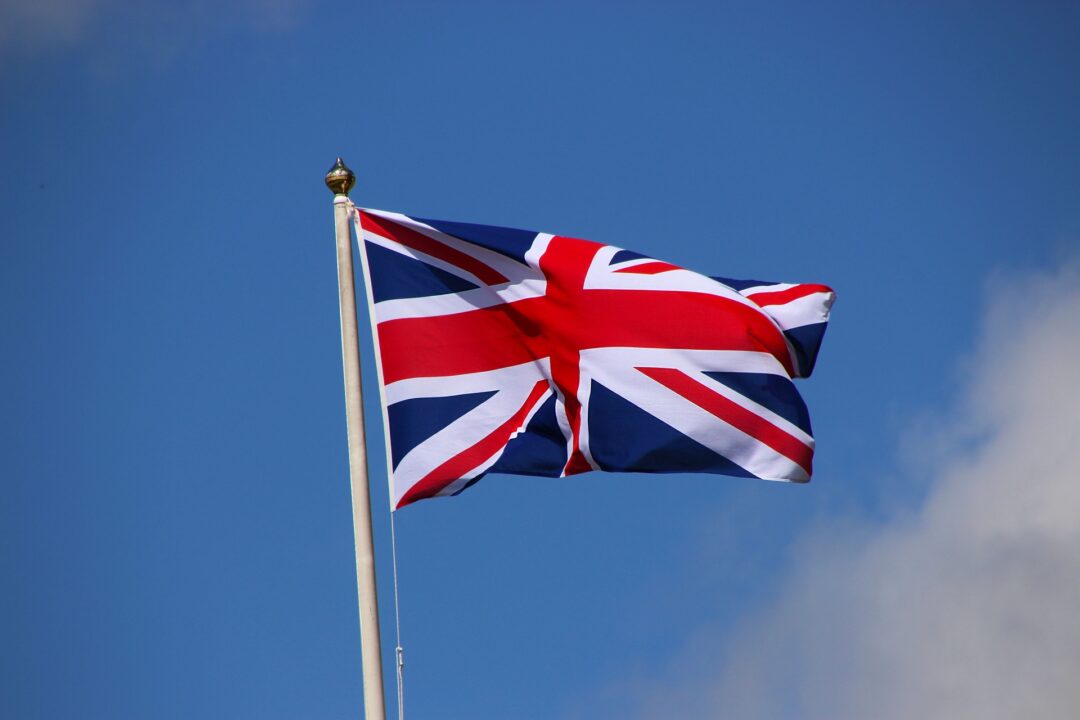By Rupert Thompson, Chief Economist at Kingswood
The reign of King Charles III certainly got off to a turbulent start, at least as far as the economy is concerned. Within two weeks, the infamous Kwarteng/Truss mini-budget had led to a collapse in sterling to $1.03 and a surge in gilt yields. Calm was only restored by their replacement with the technocratic rather than melodramatic duo of Hunt and Sunak.
Since then, aside from a brief period of inflation hysteria this spring, it has been a period of relative tranquillity and sterling has duly recovered its losses and more. Despite the cost-of-living crisis causing considerable hardship for many of the King’s subjects, the economy has overall held up considerably better than expected. Rather than fall into a protracted recession as the Bank of England had been fearing, it has been much more a story of stagnation or even modest growth.
However, inflation has proven much more problematic than anticipated, hitting a 40-year high of 11% in October. The headline rate has subsequently fallen back but worryingly for the Bank of England, wage growth has picked up to 8% and underlying inflation is currently running at a high 7%.
Interest rates have as a result been jacked up from 1.75% to 5.25%, their highest level since 2008, triggering fears along the way that they could peak above 6%. The sharp rise has in turn led to UK government bond yields re-testing their mini-budget highs and left gilts nursing losses of 7% over the past year.
UK equities, by contrast, have fared rather better, returning 6% and outperforming overseas equity markets a little. Even so, they have been quite volatile with the FTSE 100 index hitting an all-time high of 8000 in mid-February before retreating again.
Within the market, the large cap FTSE 100 index has outperformed, returning 7% versus 2-3% for small and mid-cap stocks. At the sector level, it is the cyclical consumer discretionary and industrial sectors which have performed best, benefiting from the easing in recession worries, but the banks also posted moderate gains.
By contrast, the property sector posted a loss due its vulnerability to higher rates, as did defensive sectors such as consumer staples and utilities. As for the commodity sectors, it has been a mixed bag with basic materials down over the past year but energy stocks posting a healthy gain.
As to how British companies with a royal warrant fared in this historic year, the sad fact is that most are either too small to be quoted or have been acquired by multinationals. Of those left, it was a story of the more luxurious the better: Aston Martin doubled in price while Burberry was up 25% and Unilever only managed a pedestrian 3% gain.
In short it hasn’t been the best of years for the economy or markets but then again it has been far from an annus horribilis.





